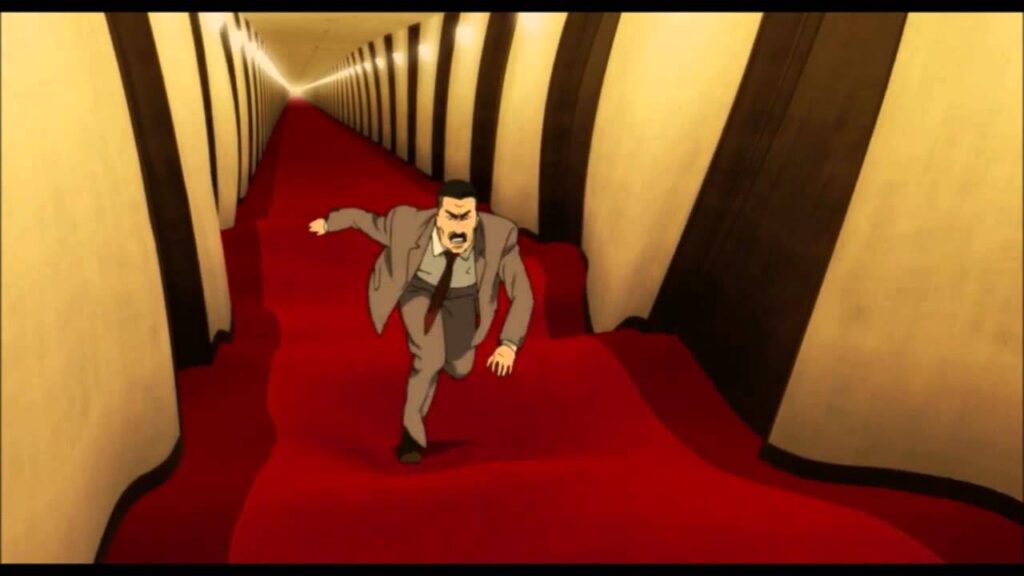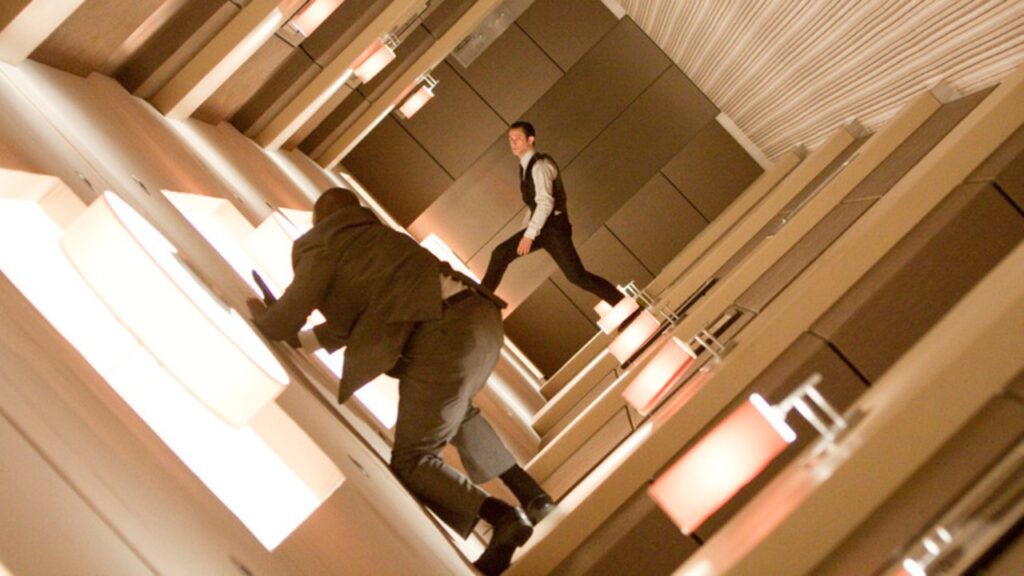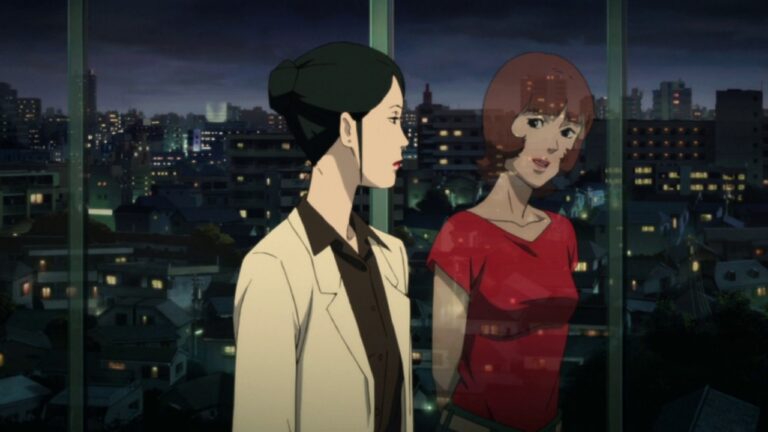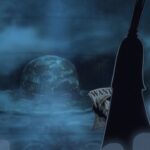Over the years, fans have frequently pointed out the connection between Satoshi Kon’s 2006 anime ‘Paprika‘ and Christopher Nolan’s 2010 blockbuster ‘Inception.’ At first glance, these two films could not appear more different, as one is a colorful Japanese anime, and the other is a Hollywood heist thriller. And yet, if you take a closer look, it will reveal striking parallels in how both explore the boundaries between dreams and reality, leaving audiences questioning what is real and what is imagined.
Both films speak to a universal fascination with dreams, how they shape our fears and understanding of the world, as well as remind us that cinema can stretch reality and invite audiences into a world where anything is possible. For fans, spotting the similarities is more than a game, as it showcases imaginative storytelling, visual manipulation, and the impact of visionary filmmakers.
Dream Layers and Reality-Bending Parallels

In Paprika, we see Dr. Atsuko Chiba, who is a psychologist, using a device called the DC Mini to enter people’s dreams and help treat psychological issues. The film’s visuals are top-notch, as we witness the entire cityscape folding, shifting, and defying gravity as the streets twist in ways that people seamlessly move between dream layers, and reality constantly melts into fantasy. It is this fluidity, which is playful in nature and chaotic deception of space, that fans often cite as a precursor to Inception. Nolan’s film, which came out four years later, dives into similar territory but through the lens of a structured heist. Cobb and his team enter multiple layers of dreams to plant an idea, and the visuals, most famously, Paris folding upon itself or the zero-gravity hotel fight, mirror the physics-defying theory of art that Kon had pioneered.
It is not just the visual spectacle that draws comparisons, because both films explore the psychology of dreams, memory, and the subconscious. In Paprika, dreams are chaotic, unpredictable, and often symbolic, reflecting the inner turmoil of the dreamer, but in Inception similarly treats dreams as layered and complex, where the deepest levels of the mind hold both peril and possibility. Nolan’s narrative may be more procedural, structured like a heist with rules and stakes, while Kon’s is freer, embracing eccentricity and chaos. Yet, the thematic DNA is similar, as both films ask us to navigate worlds where reality is unstable and identity can shift in an instant.
Visual Mastery and Fan Analysis Between The Paprika–Inception Connection

Over the last decade, fans have increasingly highlighted these parallels. Social media threads, YouTube analyses, and film blogs frequently showcase side-by-side comparisons, pointing to nearly identical sequences, like cityscapes bending over themselves, staircases twisting endlessly, or characters seemingly walking through walls. This attention to detail reflects a deeper admiration, and not just for Nolan’s blockbuster storytelling, but for Kon’s visionary imagination, which arguably laid the groundwork for how modern cinema visualizes dreams. Even Nolan himself has acknowledged Kon’s influence, confirming what fans have long suspected, that Paprika left an indelible mark on Inception.
What makes the discussion so enduring is the way both films leave viewers fascinated. Paprika showcases vibrant animation and playful energy, while Inception immerses audiences in tense, high-stakes dream manipulation. Fans revel in dissecting these films, frame by frame, appreciating the meticulous attention to detail and the shared fascination with bending reality. Over time, this comparison has grown beyond casual observation to become a cultural talking point, illustrating how anime and Hollywood blockbusters can influence each other in profound ways.
Whether through the kaleidoscopic streets of Paprika or the gravity-defying hotel corridors of Inception, both films continue to captivate and inspire, proving that the line between homage, inspiration, and original brilliance is wonderfully, beautifully blurred.




